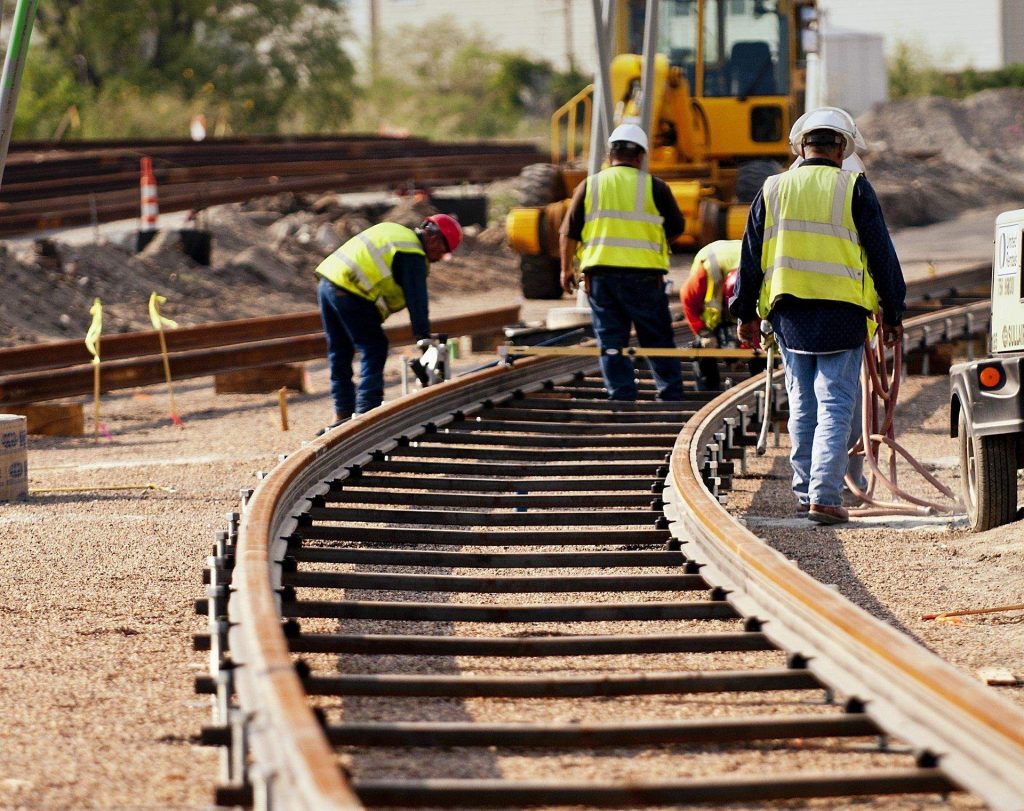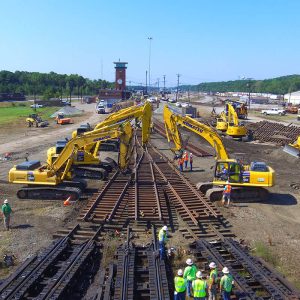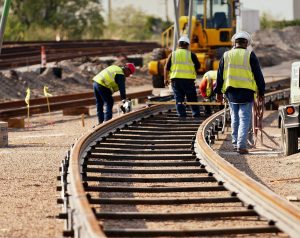ows rail Installation and Maintenance Best Practices

Proper installation and maintenance are essential for maximizing the performance, safety, and longevity of railway systems. ows rail provides advanced solutions that require precise handling and consistent care to ensure optimal results.
Installation Best Practices for ows rail
Installing ows rail correctly is crucial for track stability and operational efficiency.
1. Site Preparation
Before installation, prepare the track site carefully. Level the ground and ensure a solid foundation to support ows rail. Proper site preparation prevents misalignment and reduces maintenance needs.
2. Use High-Quality Materials
Only certified steel and components should be used when installing ows rail. High-quality materials enhance durability and reduce the risk of track failure.
3. Precision Alignment
Accurate alignment of ows rail is vital. Misaligned tracks can lead to vibrations, derailments, and excessive wear. Using modern surveying equipment ensures ows rail is installed with exact precision.
4. Secure Fastening
Fasteners and clips should be installed according to manufacturer specifications. Secure fastening guarantees track stability and enhances safety for both freight and passenger operations.
Maintenance Strategies for ows rail
Regular maintenance ensures ows rail continues to perform safely and efficiently over time.
1. Routine Inspections
Inspect ows rail periodically to identify wear, cracks, or loose fasteners. Early detection allows timely repairs, preventing accidents and costly downtime.
2. Component Replacement
Replace worn or damaged parts of ows rail immediately. Prompt replacement maintains track integrity and reduces risks associated with track failure.
3. Cleaning and Lubrication
Clean rails and lubricate moving parts to reduce friction and wear. This enhances the efficiency and lifespan of ows rail systems.
4. Track Monitoring Technology
Utilize modern track monitoring technologies to assess ows rail condition continuously. Sensors and AI-driven systems can predict potential issues before they affect operations.
Benefits of Proper Installation and Maintenance
Adhering to best practices for ows rail installation and maintenance provides multiple benefits:
- Enhanced Safety: Stable, well-maintained tracks reduce derailment and accident risks.
- Operational Efficiency: Smooth, precise tracks allow trains to operate faster and with fewer interruptions.
- Longevity: Proper care extends the life of ows rail, minimizing long-term replacement costs.
- Cost Savings: Reduced emergency repairs and downtime save both money and resources.
Conclusion
Following installation and maintenance best practices for ows rail ensures safe, efficient, and reliable railway operations. Proper site preparation, precision alignment, regular inspections, and timely maintenance maximize the performance and lifespan of ows rail. By investing in proper care, railway operators can enhance safety, reduce operational costs, and maintain high-quality service for both freight and passenger networks. ows rail is not just a technology; it is a commitment to excellence in modern railway infrastructure.




